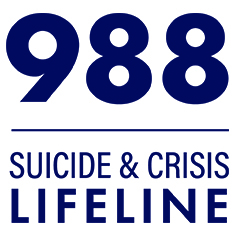Mental Health Environment of Care Checklist
May 19, 2017
A 2012 study revealed that implementation of the Mental Health Environment of Care Checklist (MHEOCC) reduced the suicide rate in Department of Veterans Affairs (VA) hospital acute inpatient mental health units.
The MHEOCC focuses on identifying and correcting environmental risks for suicide and suicide attempts, such as anchor points that could be used for hanging. The suicide rate for 2001-2007 (before MHEOCC was implemented) was 4.2/100,000 admissions (or 2.72 per million bed-days of care). This rate decreased during the initial implementation period (2008-2010). The second study, using data from the pre-implementation (2001-2007), implementation (2008-2010), and continuation (2011-2015) periods revealed that use of MHEOCC is associated with a decrease in the suicide rate to .74/100,000 admissions (or .69 per million bed-days of care). Only one suicide took place in the 150 VA hospitals from which data was collected during the continuation period of 2011-2015.
The findings suggest that preventing suicide on inpatient mental health units should go beyond staff education and training to also include the identification and reduction of environmental hazards that could increase the chance of patient suicide or self-harm.
Watt, B. V., Shiner, B., Young-Xu, Y., & Mills, P. D. (2016). Sustained effectiveness of the mental health environment of care checklist to decrease inpatient suicide. Psychiatric Services, 68(4), 405–407.
Spark Extra! For more information on this intervention, including a link to the original evaluation, see Mental Health Environment of Care Checklist.
